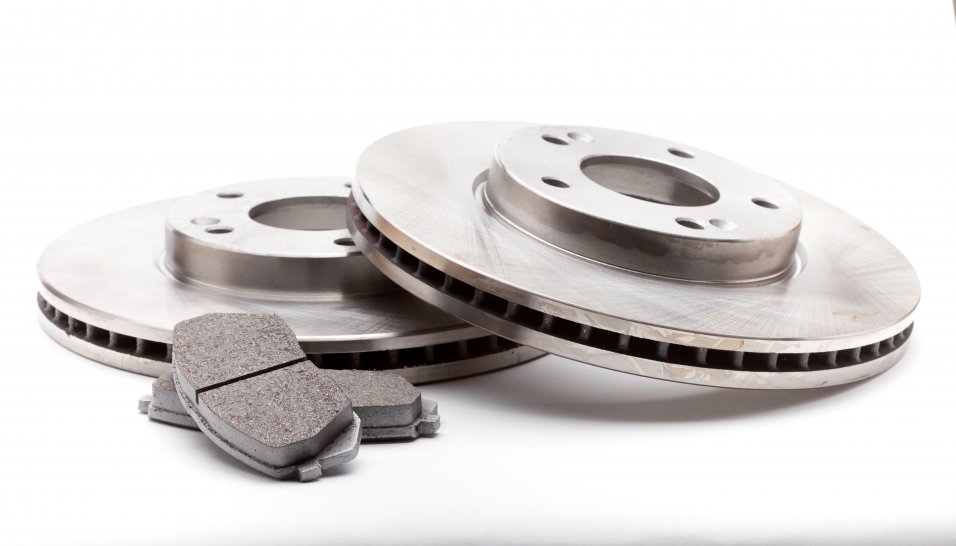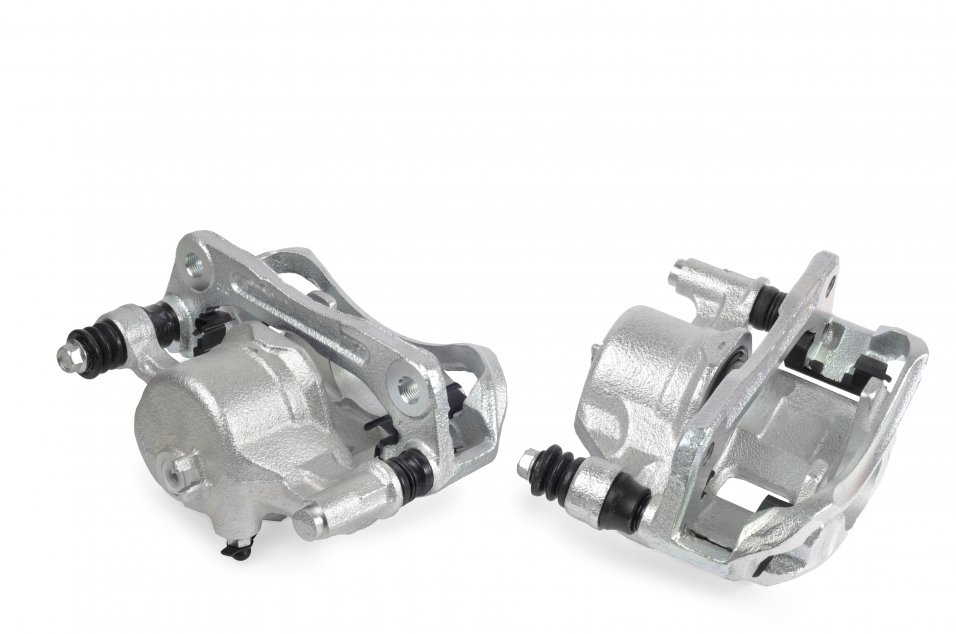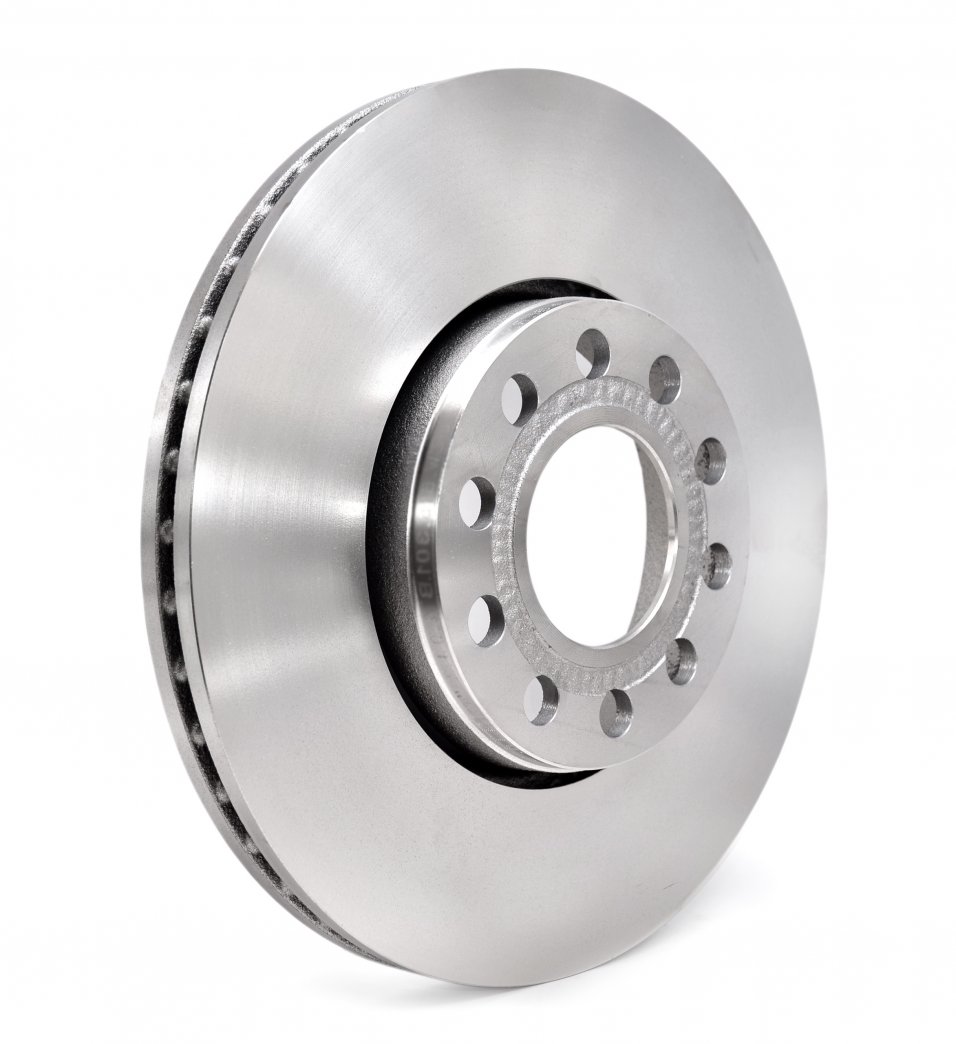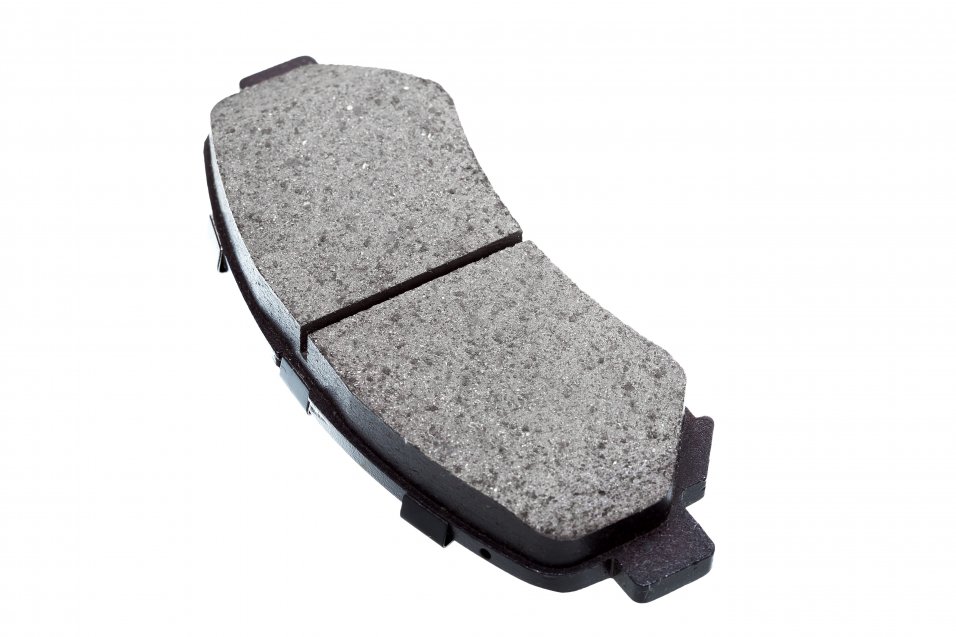Professionals to DIY
We're Online 9am - 5pm
On Orders Over £30
Brake Judder Causes: What Makes Your Brakes Judder? (and How to Stop It)
What Is Brake Judder?
Brake juddering (or brake shuddering) is a vibration that reverberates through your steering wheel when braking. If the problem is base enough, it may affect the entire car. The sensation feels like you are shaking or rocking backwards and forwards. Its cause is the brake going from high pressure to low pressure in rapid succession.
Brake juddering can be quite noticeable and violent, or it can be so subtle you barely even feel it. Once you notice the first symptoms, it’s important to investigate and resolve the cause of brake juddering.
Is Brake Juddering Dangerous?
The shaking and shuddering of a brake judder in itself is unlikely to be dangerous, but the reason behind it has far greater consequences. In this article, we’ll discuss the common brake judder causes, how to diagnose them, and what to do next. However, any cause of brake juddering is cause for concern.
Why?
Brake juddering is a warning sign that your car is not going to perform as you might expect. This can range from poor brake performance to handling issues. Decreased performance and potential issues with vehicle control can lead to accidents and road collisions.
If you’re experiencing brake juddering, you shouldn’t wait around to see if it resolves itself or gets worse. Learn what to do next:
Brake Juddering Causes: Top 3 Problems and Their Solutions
Brake Juddering Cause #1: Wheel Hub Misalignment
Your brake judder could be caused by an incorrectly fitted brake disc or one that has moved out of alignment over time. Misalignment between the brake disc and the wheel hub or brake calliper can cause juddering.
There is more than one cause of this problem:
What to do first? — Check the brake disc for rust and dirt. These imperfections in the brake disc surface can cause friction between the brakes and the wheel hub. In turn, this friction can cause juddering to develop. The uneven contact of the brakes is a potential risk in unequal braking pressure and can be quite dangerous.
To solve this problem, the brake discs need to be removed and cleaned, along with the wheel hub. Once surfaces are smooth and free of imperfections, they can be reattached. If the rust is bad enough, you may need to replace the brake discs completely.
What if there is no dirt or rust on your brakes? — Brake juddering may not be caused by uneven contact, but instead surface contact that is too tight. Positioning screws that hold brake discs in place can sometimes be over tightened, leading to excessive pressure on the brakes when used and resulting in brake judder.
To stop this from happening, ease off the pressure by loosening the positioning screws. Sometimes excess pressure may have caused brake disc damage, in which case they must be replaced.
My brakes are juddering but the position screws were not too tight? — It’s rare, but you could have distortion of the wheel hub itself. A warped wheel hub will always result in brake juddering. The only way to find out if this is the cause of your brake juddering is to check if the brake disc run-out is within tolerance limits using a dial gauge. If it’s not, then the brake can fall out of alignment and juddering can occur.
A more common problem which requires a similar solution is when your alloys have been fitted incorrectly. One-size-fits-all alloys use spacers that allow them to fit in any vehicle. However, spacers that are lost or damaged mean the alloy cannot be centred properly on the wheel hub. This can also cause brake disc run-out to go beyond tolerance levels.
If any of that sounds confusing, we recommend taking your vehicle to a mechanic. Before you do though, there are some other causes of brake juddering that are worth exploring.
Brake Juddering Cause #2: Disc Brake Overheating
Extreme changes in temperature along the brake disc can result in distortion of the metal surface. Unfortunately, this rarely happens uniformly, and instead different parts of the brake disc distort while others remain intact or distort in a different way. The result is similar to when rust or dirt builds up on the brake disc; there is uneven surface contact upon applying brake pressure, causing brake juddering.
How will I know if my brake discs are warped from overheating? — If you’re aware that your brake pads were low-quality or cheap, then it’s likely they’ve been badly impacted by overheating over time. If you’re not aware of any quality issues, there are other factors to consider. Is your vehicle involved in a lot of heavy, stop-start braking? Amateur race days or alpine driving can be potential causes.
Whether you are predisposed to the risk factors of overheated brake discs or not, you should still check them for signs of warping, as this form of brake juddering can be particularly dangerous if the distortion of the brake pad surface is severe enough. Check for blue spots on the brake pads surface, a clear indication of warping metal.
If you observe blue spots, your brake pads will need to be changed immediately. You cannot reverse the damage of heat distortion as you can with cleaning, they must be replaced to stop brake juddering.
Brake Juddering Cause #3: Variation in Disc Thickness
Any variation in thickness of a brake disc is going to cause problems and likely result in brake disc juddering. How pronounced this juddering is will depend on how much variation there is in thickness.
Imagine that you apply your brakes to a brake disc with variation in thickness. As the brake pads spin, it's going to go from high levels of pressure on the brakes on the thicker parts of the disc to low levels of pressure where the pad has thinned. As you can gather, this will mean going from hard to soft breaking in rapid succession, causing judder.
To assess the problem, you’ll need to remove the wheels and brake discs to check the overall variation in thickness. You can do this by eye, but it’s much better to use a measurement tool.
Is there anything I can do about variation in disc thickness? — This entirely depends on the cause and severity of the thickness variation of your brake discs. If you’ve noticed very pronounced brake juddering, the chances are your brakes are beyond repair and need replacing. If the brake juddering is subtle, it may be the case that you can simply sand down areas of noticeable thickness to create universal contact across the entire brake disc.
Can I Fix Brake Juddering Myself?
As with all car maintenance, we would never recommend you carry out fixes and repairs yourself without guidance or experience. Making repairs to any mechanical element of a vehicle, not least of all brake discs, can have serious repercussions if performed incorrectly.
If you are not 100 per cent confident you can remove a wheel and change/repair brake discs safely, do not attempt the process of fixing brake juddering yourself. Instead, take your vehicle to a local and qualified mechanic.
That said, plenty of motoring enthusiasts and DIY mechanics can carry out a brake disc change to a standard fit for road use. If you’re one of them, and you’re planning on repairing your brake juddering at home, then you can find exactly what you need on YMF Car Parts.
Finding Your New Brake Discs
YMF Car Parts make it easy for you to find the car parts you need. If you’re in need of new brake discs to fix your brake juddering, simply visit our brake discs page and enter your car’s registration number. From here, you can browse all the products suitable for your vehicle and order the brake discs you need. We offer free delivery on all orders over £30 with no-quibbles returns if you’re not completely satisfied with your purchase.








